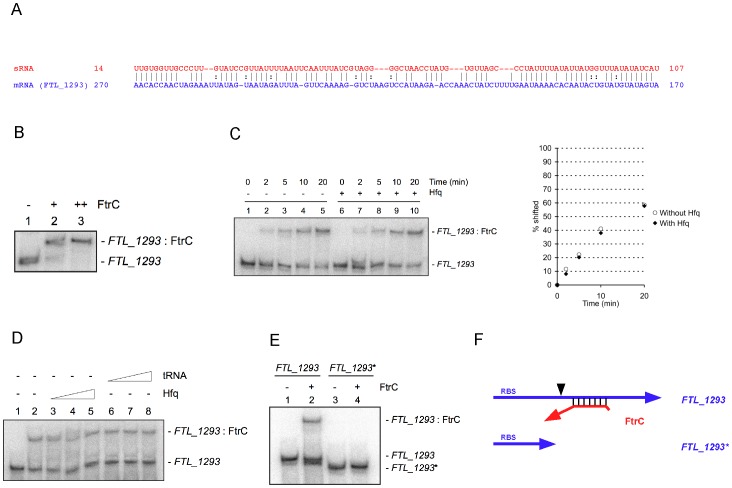Figure 2. FtrC specifically binds FTL_1293 mRNA.
(A) Putative duplex formation between FtrC and FTL_1293 mRNA predicted by TargetRNA. The positions of basepairing nucleotides relative to transcript start (for FtrC) or AUG codon (for FTL_1293) are indicated at left and right to the sequences. (B) Gel shift assay of 32P end-labeled FTL_1293 mRNA incubated with increasing amounts of FtrC for 60 min before loading on a native 5% acrylamide gel. (C) 32P end-labeled FTL_1293 mRNA was incubated for the indicated time with FtrC before loading and RNA-RNA complex formation assessed by gel shift assay. When indicated, 10 µM Hfq was included during RNA-RNA incubation. Quantification of complex formation over time is presented at right. (D) 32P end-labeled FTL_1293 mRNA incubated with FtrC in the presence of increasing amount of Hfq or tRNA and interaction analyzed by native gel electrophoresis. Lane 1: no FtrC was added to reaction. (E) 32P end-labeled full-length (FTL_1293) or truncated FTL_1293 mRNA (FTL_1293*) incubated with or without FtrC and analyzed by native acrylamide gel electrophoresis. (F) Schematic representation of putative interaction between FtrC and FTL_1293 mRNA (top) and the extent of the truncated mRNA (FTL_1293*) (bottom).

